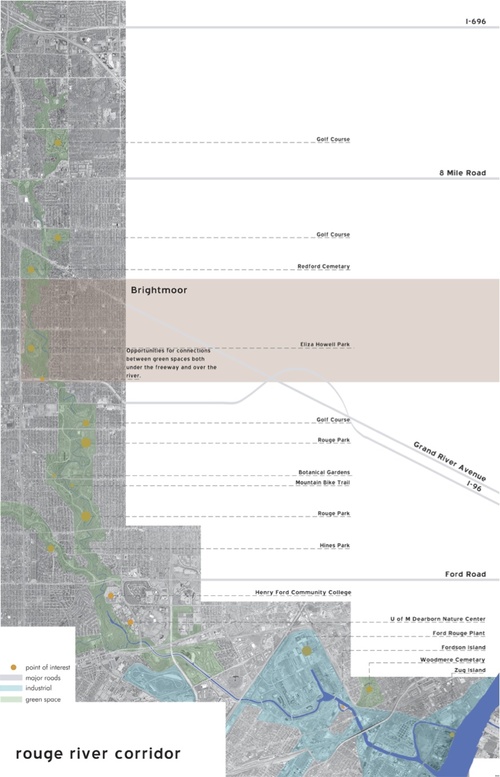The Changing Image of the City: Agricultural Urbanism in Detroit
“The public laboring of residents constitutes a habitus that forms an expression of community life as well as a repository for social memory. The working body, functioning as a hinge between self-regulation and social control, inculcates and stores social behaviors. As physical labor became further removed from public life in the shift from agricultural to industrial societies, the presence of the working body in public space became more significant. As such, the habituation of agricultural space in urban areas not only presents a deep challenge to the notion of the city, but the presence of working bodies in public urban space—black bodies in particular—rewrites the social history of the city.
Agricultural urbanism then subverts the inscribing practice of architecture that literally cements history for posterity. Through the urban agricultural landscape, a history of the city is revealed, a history that contests the industrial narrative of the city by contesting the industrial image of the city. Agricultural urbanism presents a type of historical stasis: not just a living in the present, but a presentation of the living city, its histories, and its memories through the working bodies of residents and through the publicness of work.”
“Agricultural Urbanism in Detroit,” in In the Life of Cities...: Parallel Narratives of the Urban, edited by Mohsen Mostafavi (Cambridge: Harvard Graduate School of Design, 2012).

